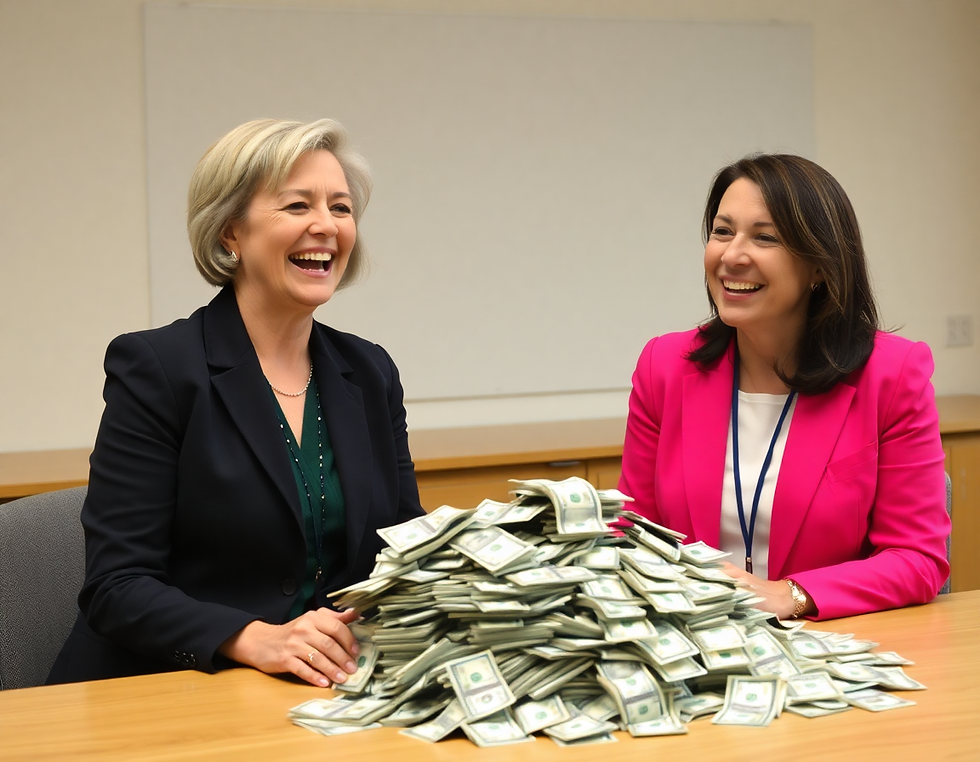Chandler Milk Prices Rise to $3.33 per Gallon
- Mindy Walton
- Mar 20, 2022
- 3 min read
Updated: Mar 21, 2022
Milk prices for the Walmart house brand, Great Value, reached $3.33 a gallon this week in some locations in the East Valley. Gas prices reached as high as $4.99 a gallon.

Until a few months ago, it was possible to on occasion find this type of milk for $1.99 per gallon. The $3.33 price marks a 67% increase in price in just a few months. Gas prices, which factor into milk prices since milk has to be transported, have risen to as high as $4.99 per gallon. This represents a near 100% increase from a year and a half or so ago.
On Wednesday this week the Federal Reserve finally started raising the federal funds interest rate by 25 basis points, or 0.25%, meaning from from 0.25% to 0.5%. This very small raise was supported by all open market committee members, except St. Louis Fed President James Bullard, who wanted a 50 basis point raise, to 0.75%. Fed Chair Jerome Powell indicated that there will be further raises this year. The markets seem to expect between 3 and 5 more 25 basis point raises, which would bring the interest rate to between 1.25% and 1.75%, which is still very low by historical standards. In the most recent reading, consumer price inflation for the month of February has reached 7.9%. The most recent producer price reading, a leading indicator of consumer prices, was 10%. Both measures represent 40 year highs, meaning inflation is galloping. This also shows that businesses are not price gouging, but are merely reacting to increased input prices.
During the last period of very high inflation under President Carter - though it started under Ford - the Fed ended up raising interest rates to double digits, successfully combatting inflation. The price for getting inflation under control: a steep recession. Ronald Reagan's administration combatted this recession with a massive deregulation and de-unionization effort, freeing up the economy and allowing the private sector to lower prices by innovation and to grow the economy and wealth. Inflation in the Carter years was in part caused by a massive increase in energy prices during the so called oil shock.

This historical context should highlight how dangerous the Biden administration's war on the energy industry and its zealous business regulations really are. Gas prices took off the moment Biden assumed office in January 2021, when he signed several executive orders aimed at curbing US crude oil output. US crude oil production immediately dropped from 11 Million barrels a day in December of 2020 to just 10 Million barrels a day in February 2021. It is now up to 11.6 Million barrels a day, which is still well below the pre-pandemic peak of 13 Million barrels a day in February of 2020, during Trump's last year in office. The suppressed output despite record high prices indicates that something is "artificially" holding back the energy industry, namely the Biden administration. Under normal circumstances increased prices lead to increased output as businesses aim to take advantage of high prices to increase profits.
At the same time markets seem to start expecting a slowing economy. There is now a pronounced risk of stagflation, meaning a combination of rapidly rising prices and a slow economy that may see rising unemployment. To blame are the catastrophic responses of governments to the Covid pandemic, meaning 'lockdownerism' combined with massive government spending via borrowed and newly printed money. This reduced supply on the one side, while increasing demand on the other. Lower supply combined with increased demand always leads to higher prices as more dollars chase fewer goods.
The US is not the only country in the world experiencing the current economic problems. However, inflation in the US at 7.9% is higher than in many European countries, where it is at around 5%. The Federal Reserve's target rate for inflation, which is shared by many central banks around the world, is 2% per year. Economic officials from Fed Chair Powell to Treasury Secretary Yellen, herself a former Fed Chair, at first characterized the inflation is temporary, and where hence slow to react. Many observers have said the Fed should have started raising rates sooner. However, despite the Fed's sluggishness, the main culprits are the federal government as well as many state governments that locked down businesses while handing out "free" cash. The bill for this economic folly is now being presented as the chickens are coming home to roost.
What would wise government officials and politicians do now? First, they would commit to never to lock down again. Second, they would aggressively de-regulate the economy to free up businesses to increase supply. Third, they would reduce government spending, welfare and taxation. In short, they would do the opposite of what the Biden administration and most blue state - and some red state - governors are doing.


Comments